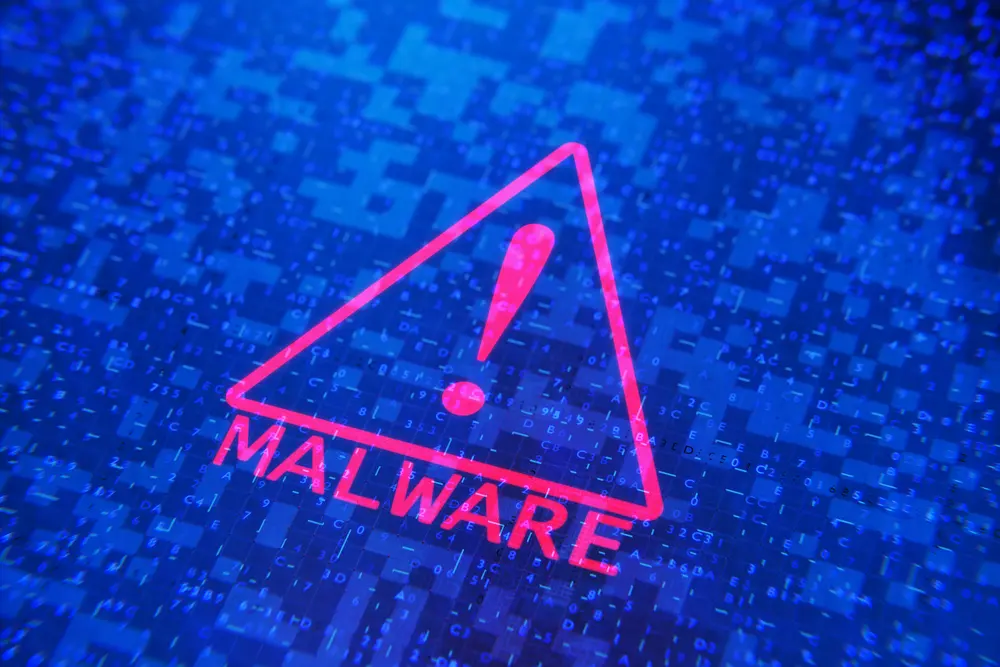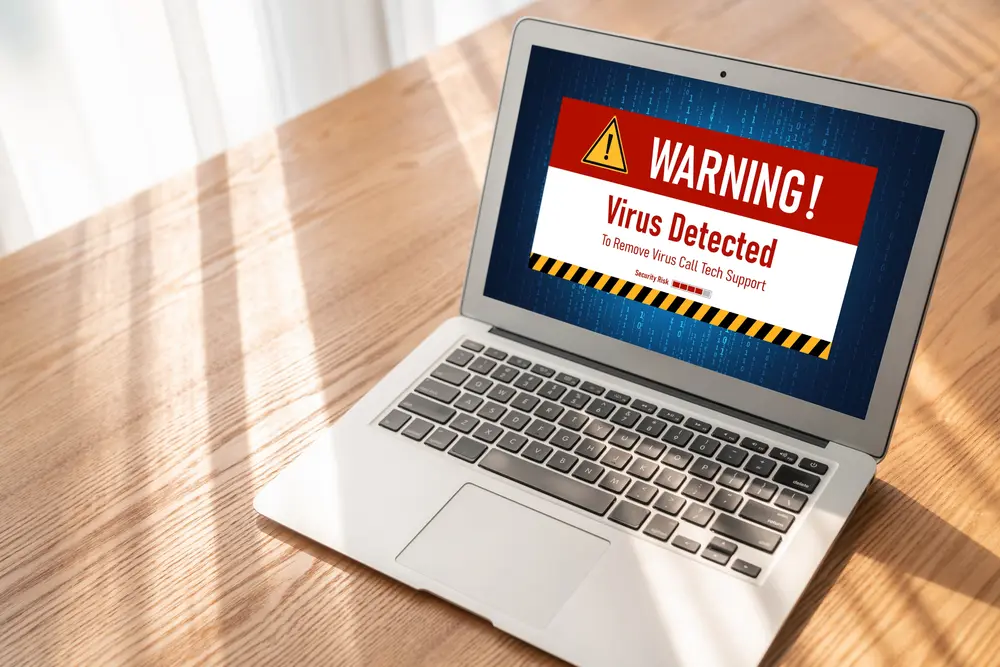We use cookies
This site uses cookies from cmlabs to deliver and enhance the quality of its services and to analyze traffic..
We use cookies
This site uses cookies from cmlabs to deliver and enhance the quality of its services and to analyze traffic..
Last updated: Aug 25, 2023
Disclaimer: Our team is constantly compiling and adding new terms that are known throughout the SEO community and Google terminology. You may be sent through SEO Terms in cmlabs.co from third parties or links. Such external links are not investigated, or checked for accuracy and reliability by us. We do not assume responsibility for the accuracy or reliability of any information offered by third-party websites.
Malware is a cyber threat that can harm data on a website. If malware is detected, you should immediately deal with it so as not to cause damage or harm you as the website owner.
When visiting the website, maybe you've come across notifications from Google regarding malware. Therefore, you need to know what malware is to deal with it.
To understand "what is malware?" and how harmful it can be to your data, learn more about it in this guide.

Malware is a program or file that can endanger the security of website data. Malicious software is capable of crippling a system and can interfere with its operations.
If not removed immediately, this malware will allow hackers to access information stored on a website's system. It is possible that your sensitive data will also be leaked by irresponsible parties.
Programs that are intended to infiltrate a system are not easy to detect. Malware is software that usually camouflages itself so that its presence often appears harmless.
Malware is a program that is dangerous for large companies. This is because damage to a system can cause widespread disruption. Recovery for corporate systems will also require extensive efforts.
It’s important to know where this malicious software comes from. Generally, malware enters a system via email or other infected programs. This malicious software allows someone to gain access to your device or website without permission.
All types of malware are designed to exploit the system to benefit the hacker or the creator. This contamination can make the system unsafe, which makes a website vulnerable to cybercrime.
After learning "what is malware?" it is critical to understand the risks it poses to the website. This program can do bad things to websites on a small or large scale. Here are some of the negative impacts of malware:
Hackers can insert malware on your website which will change the appearance of the website without your permission as the owner or manager.
In this case, the website's content will be replaced with ones preferred by hackers. For example, a textile website is suddenly attacked by malware that presents political spam content that has nothing to do with its business niche.
Malware can be spread through advertisements on a website. This activity, called malvertising, aims to encourage users to click on an advertisement or download a file.
Website visitors will automatically be exposed to malware when clicking on an ad on the website. Malicious code can be embedded in advertisements directly or in the ad network itself and distributed to millions of websites around the world.
One type of malware that you need to know is backdoor malware. This is malware that provides an entry point for cybercriminals to tamper with websites based on their wishes.
This is very dangerous for the security of website data related to customer information. If the data is leaked, then your website's reputation will get worse, which will be fatal for your business.
Learning "what is malware?" is incomplete without knowing how it works. This malicious software can enter a website's system in several ways.
Usually, malware can enter a website through web browsing activity. This malicious program can usually be spread through advertisements or suspicious links. As for deployment through direct devices, it can be done through program code.

One of the important things in learning about malware is knowing how to deal with it on the website.
Apart from causing issues on your device, malware can also affect website performance. If not addressed immediately, the website's SEO performance will decrease.
To deal with websites that are infected by malware, you can check out the following steps:
To check for malware that attacks your website, do a thorough scan. You can check manually or automatically with the help of a tool.
After that, you can restore website backups, provided that uninfected website backups are available.
If you have the backup file, then you can delete the infected file manually afterwards.
After the malware problem is resolved, you can submit another review to Google. For that, you need to re-verify your website through Google Webmaster Tools.
If the verification process is complete, you can observe website security in the Security Issues section. Once the website is free of malware, error notifications on the website will disappear automatically.
This is the end of a comprehensive guide on "what is malware?". We hope, with this guide, you can anticipate its presence on your device, network, or website. For this reason, it is very important to maintain the operating system that you use.
To keep website management under control, you can use SEO services. Not only for website optimization, SEO services can also carry out a thorough audit that helps you monitor malware threats.
After knowing "what is malware?" and its dangers, you should prevent it rather than fix a system that has already been damaged. Some of the things you can do to prevent malware are:
Make sure to always be vigilant when browsing the web so as not to click on any links. Whether it's on the website or in email, you must always observe whether the content contained in it can be confirmed for truth or legitimacy. That way, the chances of your device being hit by malware will be lower.
One of the most effective ways to spread malware is by installing software. Therefore, it is important for you to always check whether the software you download can be trusted or not.
In order to understand what malware is and its dangers, it is necessary to pay attention to maintaining the security of the website's operating system through the device. For that, you can install a firewall and log monitoring so that the device's operating system is maintained.
Malware prevention can be done by using an antivirus or antimalware program. This is an effective method that can provide more protection to systems connected to the internet. Make sure to perform a thorough system scan regularly so that the device can be kept safe at all times.
WDYT, you like my article?